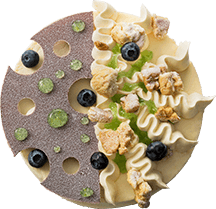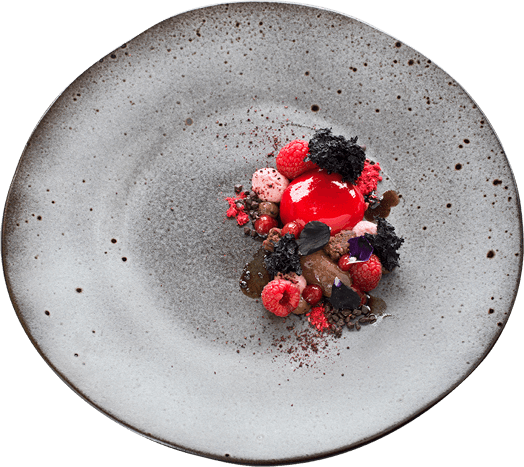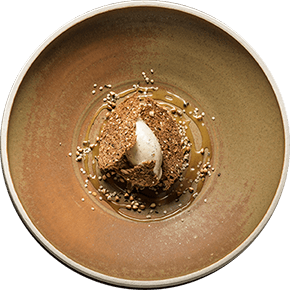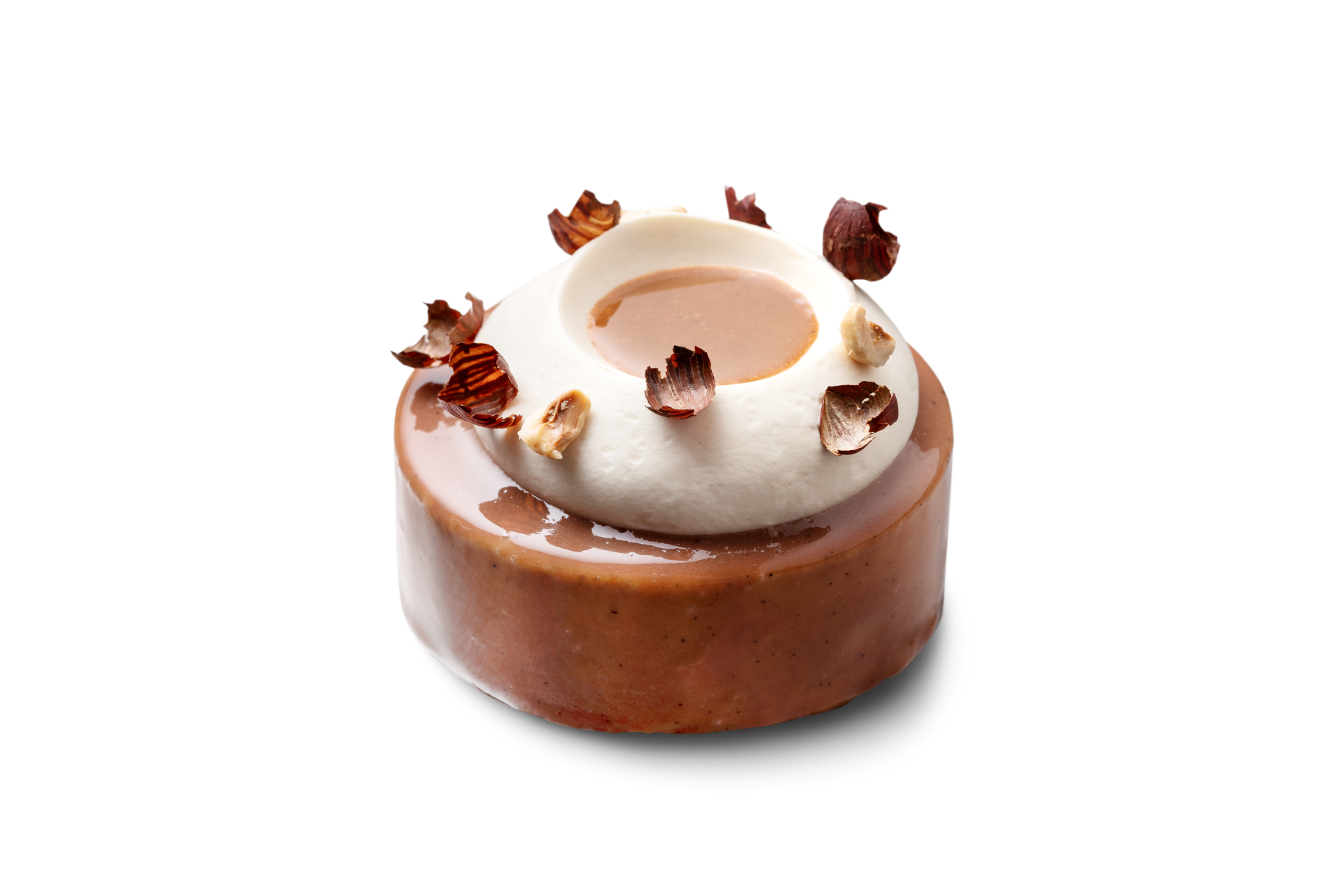LA DOLCE VITA, PASTRIES IN ITALY
What would the culinary world be without the Italians? Their pizza and pasta has conquered the world and are at the top of many people’s favourite dishes. The Italians also excel in sweet concoctions. Think for example of their delicious gelato. But what about pastries?
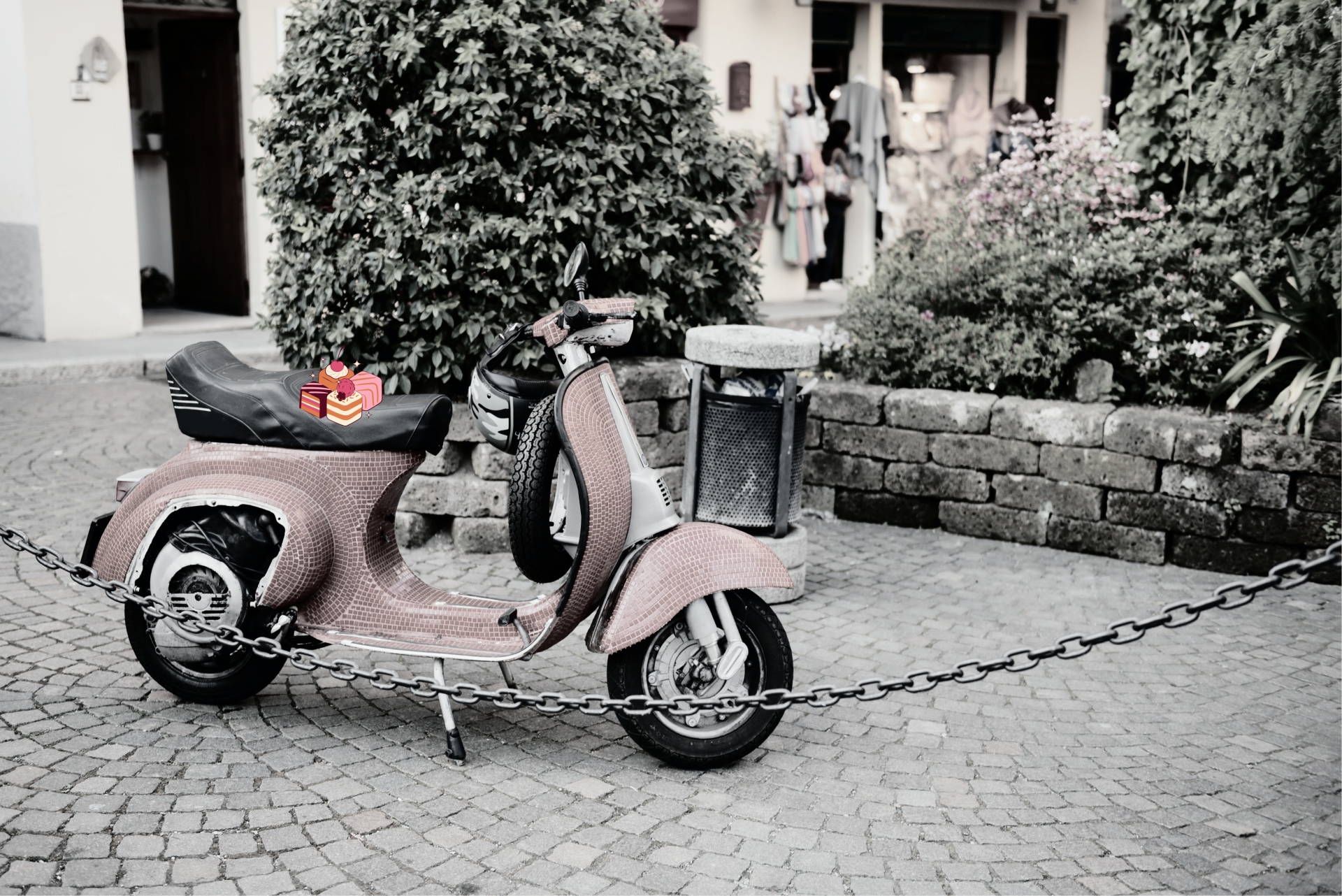
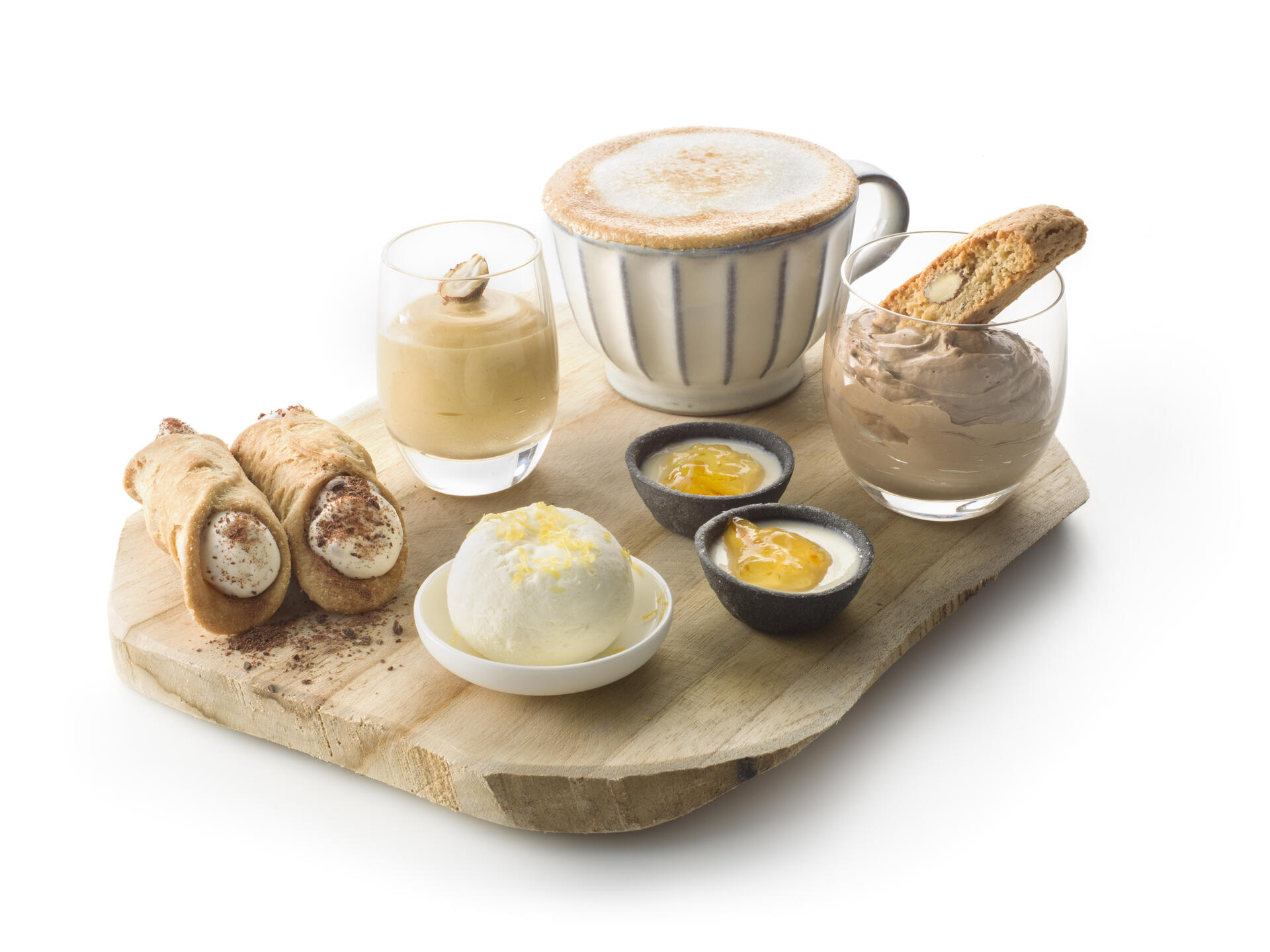
Italian cuisine is marked by great regional differences. And that is no different for their pastry. Every region has its own specialities, based on local ingredients. For example, Mantua in the northern region of Lombardy is known for its Sbrisolona, or crumble cake, made with local hazelnuts. Emilia-Romagna is famous for its Torta Barozzi: a black cake with coffee and chocolate. In Puglia, you can enjoy a Pasticciotto Leccese, a sweet pastry similar to the Portuguese Pastel de Nata, and in Naples a Sfogliatelle, a puff pastry shell filled with ricotta cream. Sardinia is known for its Seada, a fried pastry with ricotta and honey, and Calabria boasts of its aromatic lemons, used in the Delizie al Limone lemon cake: a creation with a limoncello-soaked sponge cake. Every regional recipe also has hundreds or even thousands of variants. Every Italian nonna (grandmother) makes her own version. A recipe that is thus kept strictly secret and handed down from generation to generation.
Tasty treats from the neighbours
Italian pastries showcase a fascinating blend of local and foreign influences due to Italy's historical interactions with various cultures. Throughout history, invasions by the French, Austrians in the north, and Arabs in the south and Sicily have left an indelible mark on Italian pastry traditions. This cultural exchange brought an array of tastes and pastry techniques, which were embraced and integrated into Italy's culinary repertoire. In the northern region of Piedmont, Italian pastry chefs embraced French influences, incorporating elements like praliné and lamination into their creations. This resulted in a rich assortment of viennoiseries, often filled with local ingredients like ricotta cheese or Italian pastry cream, known as Crema Pasticcera. Meanwhile, in Sicily, bakers began experimenting with nuts like pistachios, fruits like oranges, and various aromatic spices introduced by the Arabs. These ingredients found their way into local pastries, exemplified by the iconic Sicilian Cassata, a cake adorned with candied fruit. Italy's pastry heritage is a testament to its openness to culinary cross-pollination, resulting in a diverse and delectable array of treats influenced by centuries of cultural interplay.
Sinfully sweet
Italy's pastry heritage is steeped in history, with some treats tracing back to ancient Roman and Greek cultures, like the popular Maritozzi cream cake in Rome. These pastries often boast provocative shapes, from cream-filled Cannoli resembling phalluses to sponge cake pastries known as Tette delle monache or nuns' breasts, adorned with whipped cream and icing sugar. As Italy embraced Catholicism, these pastries were reserved for Lent, but their disappearance was unthinkable. During turbulent times, including wars, local nuns stepped in as bakers and pastry chefs, passing down cherished recipes to preserve these delectable traditions. Thanks to these cloistered nuns, we can still savor Tette delle monache alongside a delightful cappuccino today.
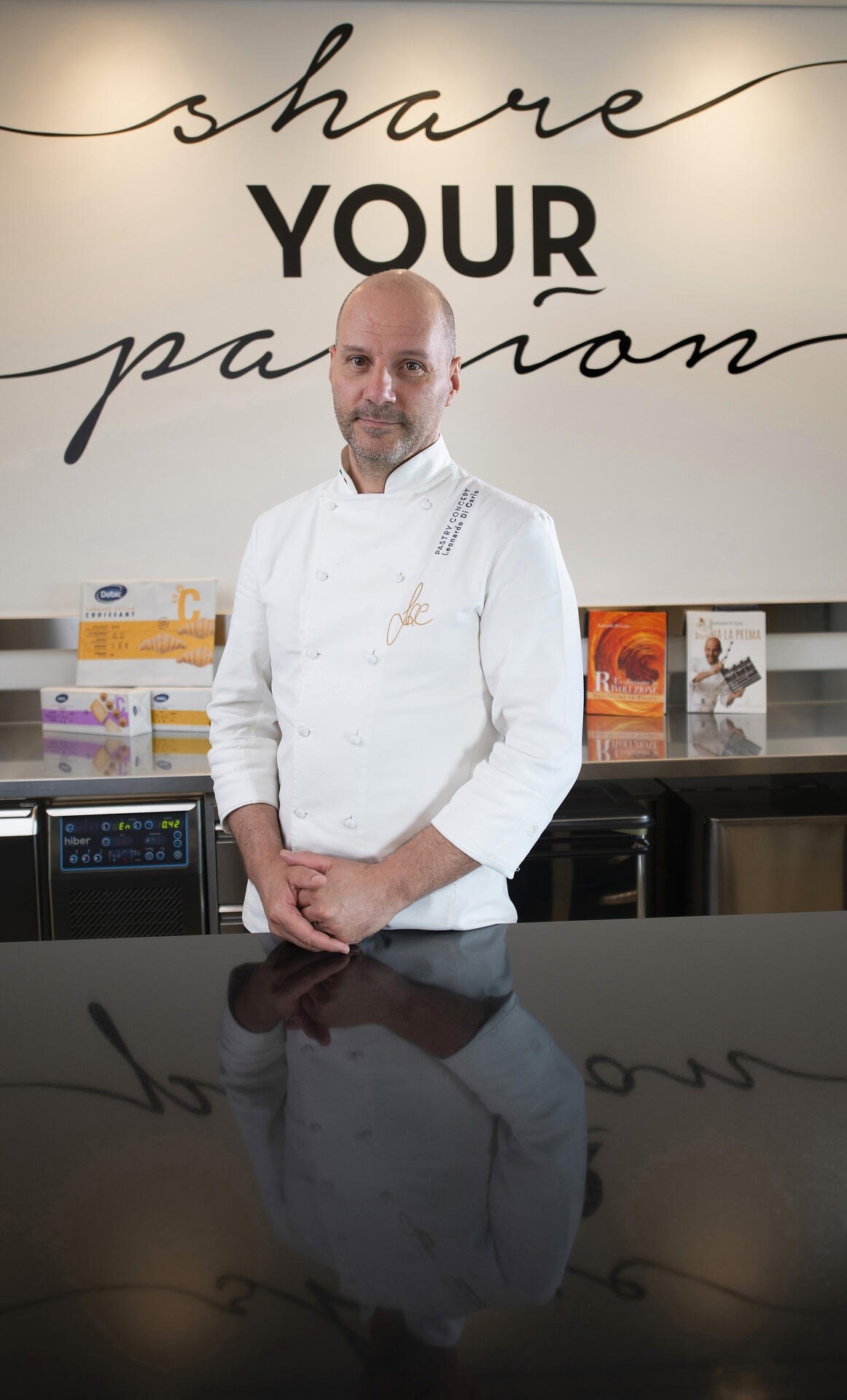
Catholicism deeply influences Italian culture and its pastry traditions, with unique treats for every Catholic feast day that endure to this day. During Christmas, Milan presents the Panettone, a dome-shaped pastry with candied fruit, while Siena offers the Panforte, a concoction of nuts, honey, candied fruit, and spices. Verona showcases the Pandoro, a star-shaped pastry akin to Panettone but without candied fruit. Come Easter, Naples serves up the Pastiera Napoletana, a shortcrust pastry filled with orange blossom-flavored ricotta, predominantly in the south. In the north, you'll find the Colomba or Colomba di Pasqua, a pastry shaped like a dove made from Panettone dough. “No innovation without tradition. In order to continue to be fresh and innovative, I am building further on what already exists. But I give it a little twist, in order to make it more ‘now’. So for example I use less sugar and fat: two major topics at the moment.” Leonardo Di Carlo Pastry Concept,
Conegliano, Italy.
New traditions
Italians are very proud of their traditions. The pasty culture in Italy has scarcely changed over the years. And yet we see a breath of fresh air wafting through Italian pastry. As in the rest of the world, new techniques and ingredients are used to come up with lighter and less sweet pastries. That means, for example, smaller portions and variants without artificial flavours or colourings. Pastry made without animal products, aimed at a vegan and vegetarian public, is also growing ever more popular. This development is the result of a changing clientèle. Italians are also becoming more health-conscious, and this is likely only to continue after COVID-19. We are curious to see what the Italian pastry chefs will give us in the future!
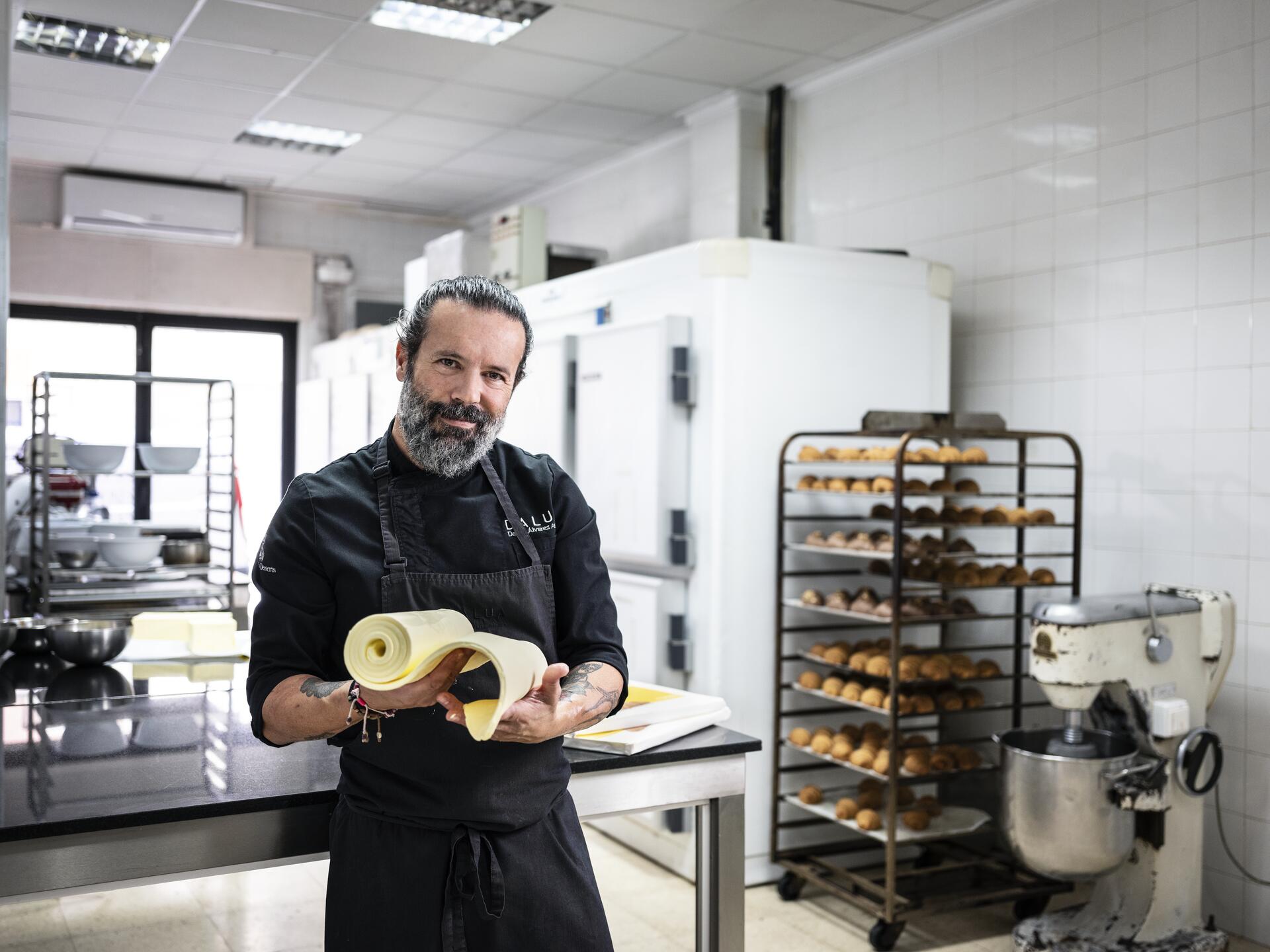
Read about Chef Álvarez's butter selections tips
Discover more

